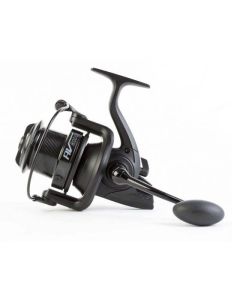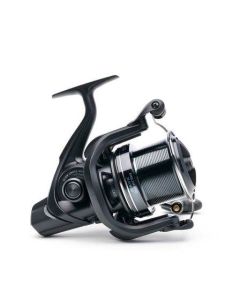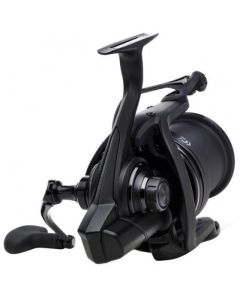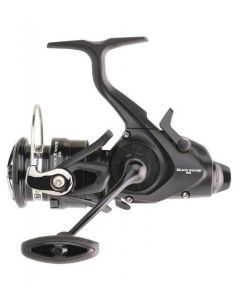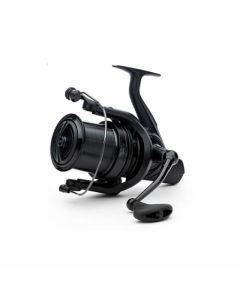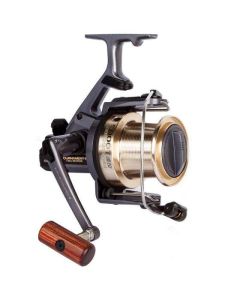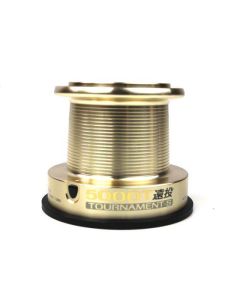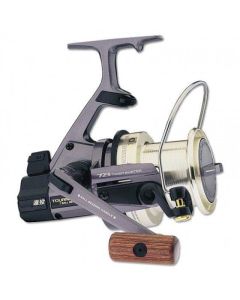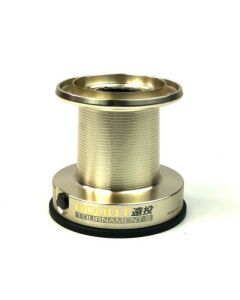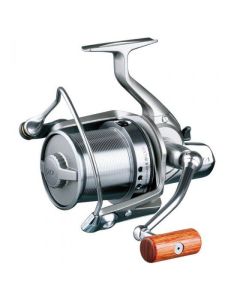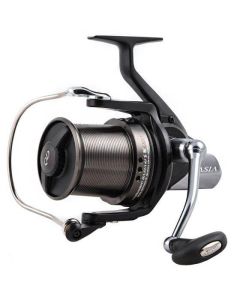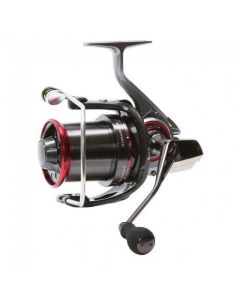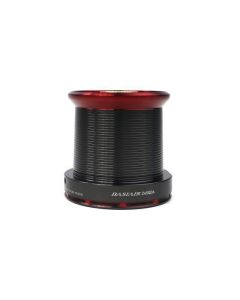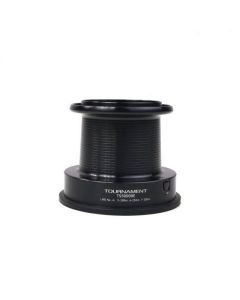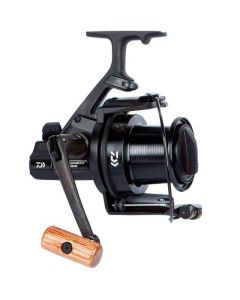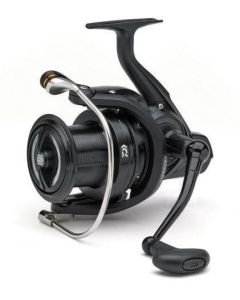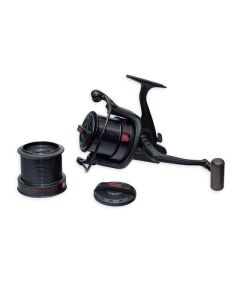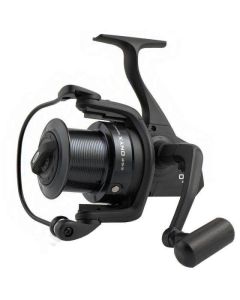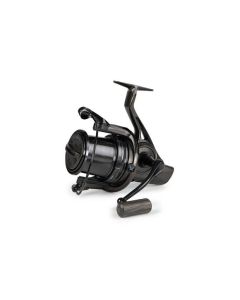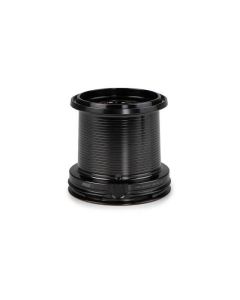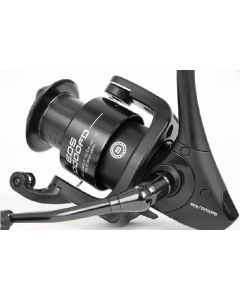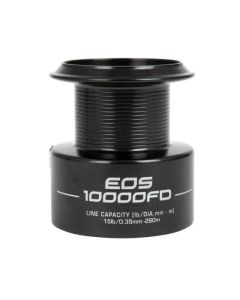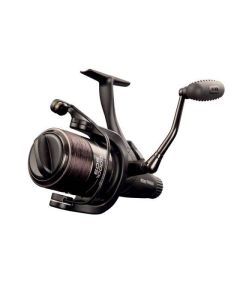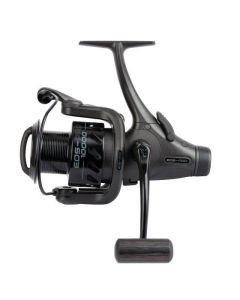Specialist Fishing Reels for Barbel, Tench, and Carp: The Ultimate Selection Guide
Introduction
Specialist anglers seeking the perfect reel for barbel, tench, and carp fishing need a guide that cuts through the clutter. This SEO-optimized article is crafted to rank for 'specialist fishing reels,' offering detailed insights into top reel choices, emphasizing their unique features, pricing, and user feedback.
Top Fishing Reels Overview
-
Daiwa 19 Basia 45 SCW-QD Reel
- Price: £525.00
- Rating: ⭐⭐⭐⭐☆
- Pros: Optimal for long-distance casting with a lightweight build.
- Cons: High-end price bracket.
- Ideal for: Carp anglers needing distance and precision in casting.
-
Fox EOS 12000/EOS 12000FS
- Price: £200.00 (standard), £300.00 (FS model)
- Rating: ⭐⭐⭐⭐☆
- Pros: Robust construction, excellent for handling large carp.
- Cons: Heavier design in the FS variant.
- Ideal for: Demanding carp fishing situations, where strength and durability are key.
-
Sonik Xtractor Pro 5000 GS
- Price: £59.99
- Rating: ⭐⭐⭐⭐☆
- Pros: Accessible for beginners, wallet-friendly.
- Cons: Limited in line capacity.
- Ideal for: Novice carp anglers or those who prefer cost-effective solutions.
-
Shimano Baitrunner DL 6000RB
- Price: £89.00
- Rating: ⭐⭐⭐☆☆
- Pros: Seamless drag system and intuitive baitrunner feature.
- Cons: Not the best fit for very large carp.
- Ideal for: General coarse fishing, including small to medium-sized carp.
-
Daiwa Black Widow 25A
- Price: £74.99
- Rating: ⭐⭐⭐⭐⭐
- Pros: Superb value with an outstanding drag system.
- Cons: Minor design considerations with the line clip.
- Ideal for: Versatile angling scenarios, suitable for both carp and coarse fishing.
Conclusion This guide, optimized to rank for 'specialist fishing reels,' is designed to help anglers make an informed decision in their quest for barbel, tench, and carp. Each reel has been chosen for its specific attributes that cater to varied angling techniques and preferences. For a more comprehensive view and updated information, consider exploring manufacturers' websites and fishing gear retailers.

